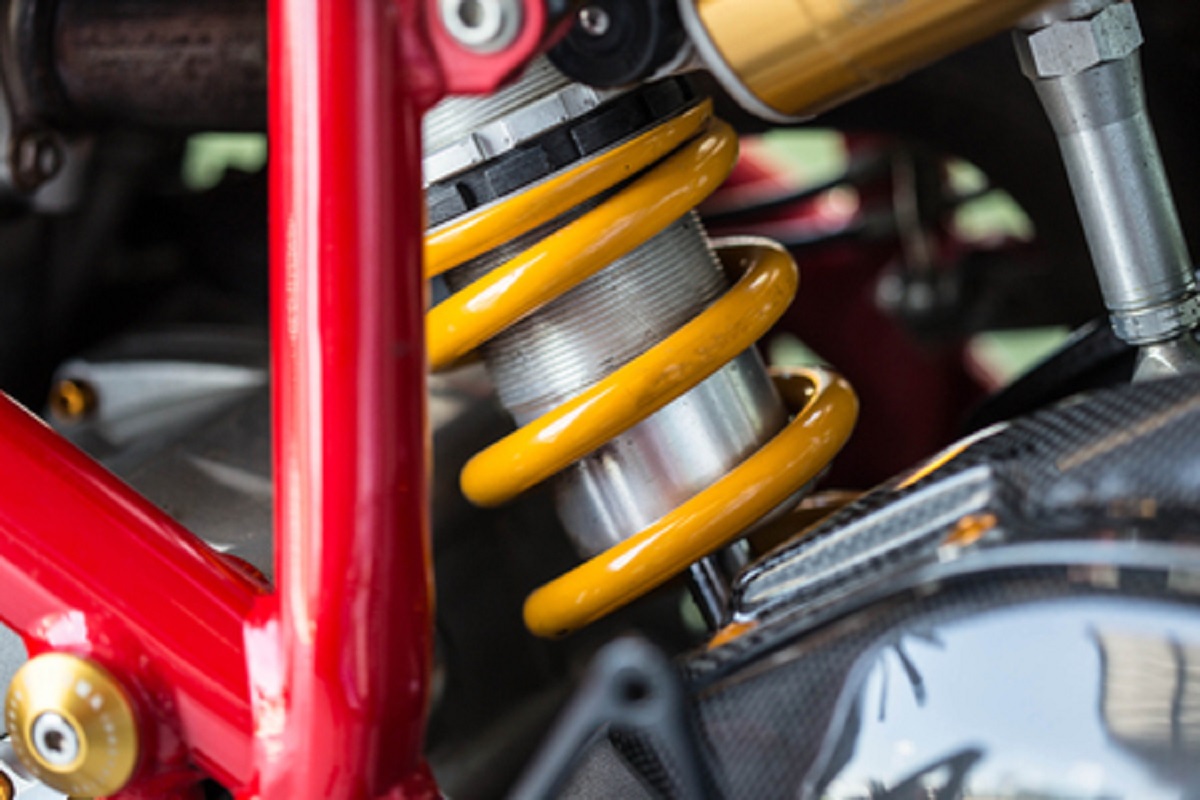A Quick Guide to a Basic Part of Your Car
Shock absorbers have been in use since the early days of the automobile, but they are generally not well understood by most drivers. Even those who consider themselves car enthusiasts ignore their car’s shock absorbers, which can lead to degradation of the car’s handling performance and ride comfort capabilities. Ultimately, worn shocks can be dangerous, especially during the maneuvers cars take to avoid accidents. For something so important to safety, shock absorbers deserve more attention from car owners.
Despite their names, shock absorbers do not absorb shocks—that is the job of the springs in a vehicle’s suspension system. When a wheel encounters a bump, the wheel moves upward, compressing and storing the energy of the bump into the spring. The resulting compression is what absorbs the shock of the bump. When the spring is compressed, it contains potential energy that must be released. The spring does this by bouncing back to its original uncompressed length while pushing the vehicle’s body upward. Gravity pulls the weight of the body back down, recompressing the spring.
Often referred to as dampers, shock absorbers are mounted alongside (or inside) the springs at each corner of the vehicle. A shock absorber provides resistance to the movement of the spring by taking some of the energy being used to compress the spring and turning it into heat. This conversion of energy keeps the vehicle’s body from bouncing more than once or twice, which then allows a controlled ride and helps keep the vehicle’s tires safely in contact with the ground.
There are four basic types of shock absorbers: twin-tube, mono-tube, gas-filled mono-tube, and external reservoir.
Replacing Shock Absorbers
An educated motorist knows when to replace shock absorbers. They often last a long time, but they do slowly degrade. One should be aware of when to replace shock absorbers for the following reasons:
- In case of seal ruptures, indicated by shocks covered in oil.
- Affected handling, which is often when drivers begin to notice the degradation of their shock absorber’s performance.
- Shocks with 60,000 miles on them will not perform as well as new ones, despite modern shocks being able to last 80,000 to 100,000 miles.
When purchasing new shocks, keep in mind that choosing the right ones has a lot to do with the kind of vehicle one owns. If you liked the way your vehicle was riding, purchase the original-equipment replacements. Heavy-duty shocks and performance shocks are also available, so you should seek the advice of a mechanic before any purchase.
Think you or someone you know is in need of Behind the Wheel Training? Training Wheels is a Brigantine driving school specializing in teaching new teen drivers how to stay safe on the road. For more information on our lessons, please click here.
Copyright: foxaon / 123RF Stock Photo

